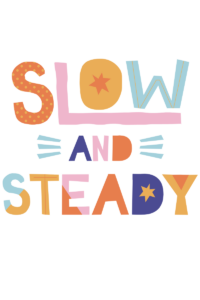Welcome To Zenned Math!
When we think of the word Zen we think of a calm, relaxed state of mind. Those are not typically the emotions that are felt around Math. Math is usually linked to stress, doubt, and anxiety. That is true for students, parents, and teachers as well. So I decided to create a company that helps teachers and students hit the reset button on their view of Math and to (dare I say it) find joy in it.

My Math Mission
My goal with Zenned Math is to provide support to staff members, through professional development workshops, coaching, resources, webinars, and online courses.
The blog section of this website is where you can find the best teaching practices you can incorporate in your classrooms, the latest and greatest math ideas, and links to resources.
The resource section of this website you can find will provide you with activities and tools I’ve created. The resources are not the typical Teacher Pay Teacher worksheets which have cute fonts and are super colorful. I believe that content is more important than cuteness. My goal is to create resources that are effective and researched based.
The purpose of Zenned Math is to have students, teachers, and parents believe we are all mathematicians. My aim is to support you with that. Thank you for coming on this journey with me.

Want to check out more?
MEMBERSHIP SITE:
https://zennedmath.com/online-courses/
FACEBOOK GROUP: Zenned Math Teachers
https://www.facebook.com/groups/zennedmathteachers/
YOUTUBE CHANNEL: Zenned Math
https://www.youtube.com/channel/UC5njH_5LoK6G67BvZecGfnw?
WANT ME IN YOUR INBOX? Sign up for my newsletter
https://view.flodesk.com/pages/5efc876dcaabca0028b95eb5
DISCLAIMER: Some links included in this blog might be affiliate links. If you purchase a product or service with the links that I provide, I may receive a small commission. There is no additional charge to you!

